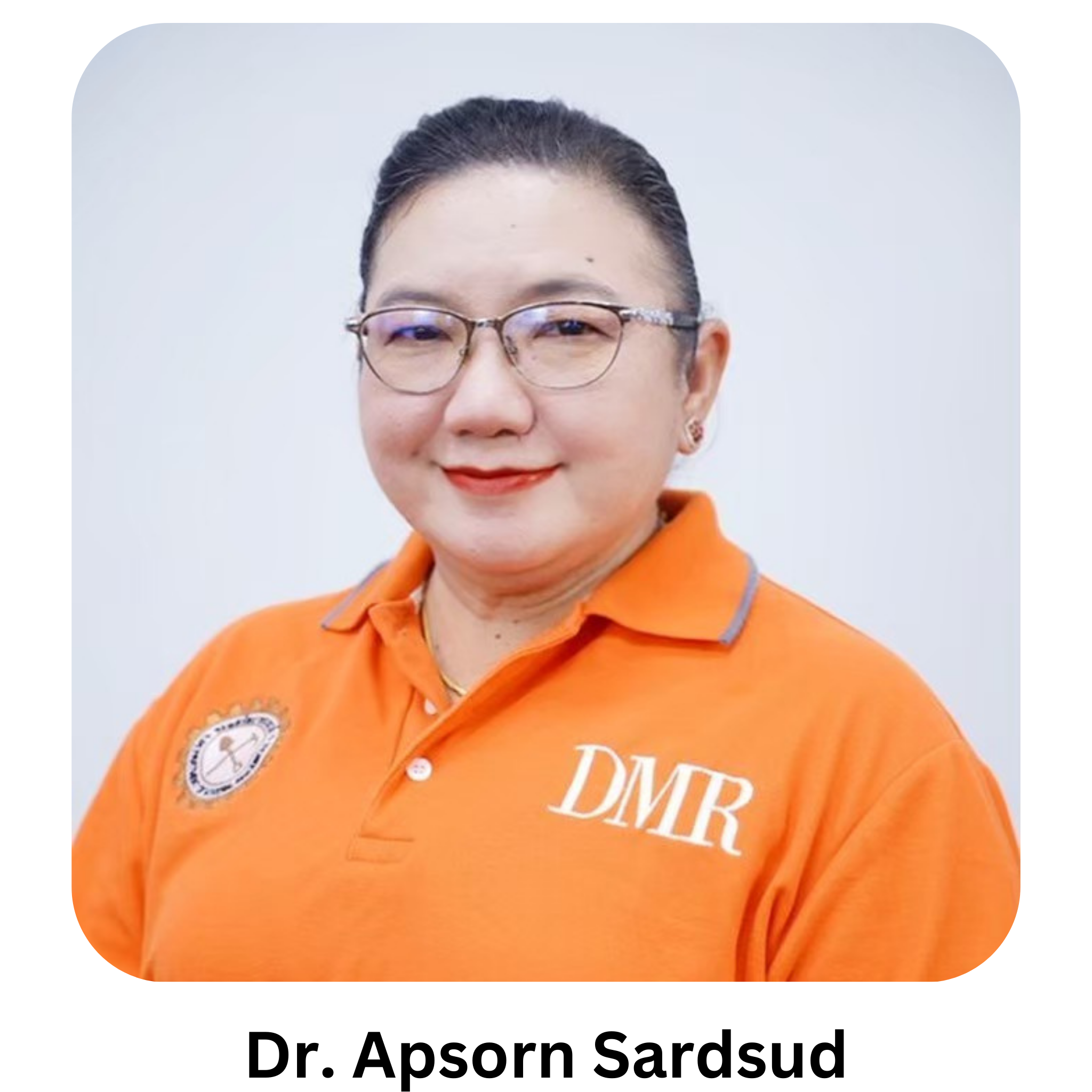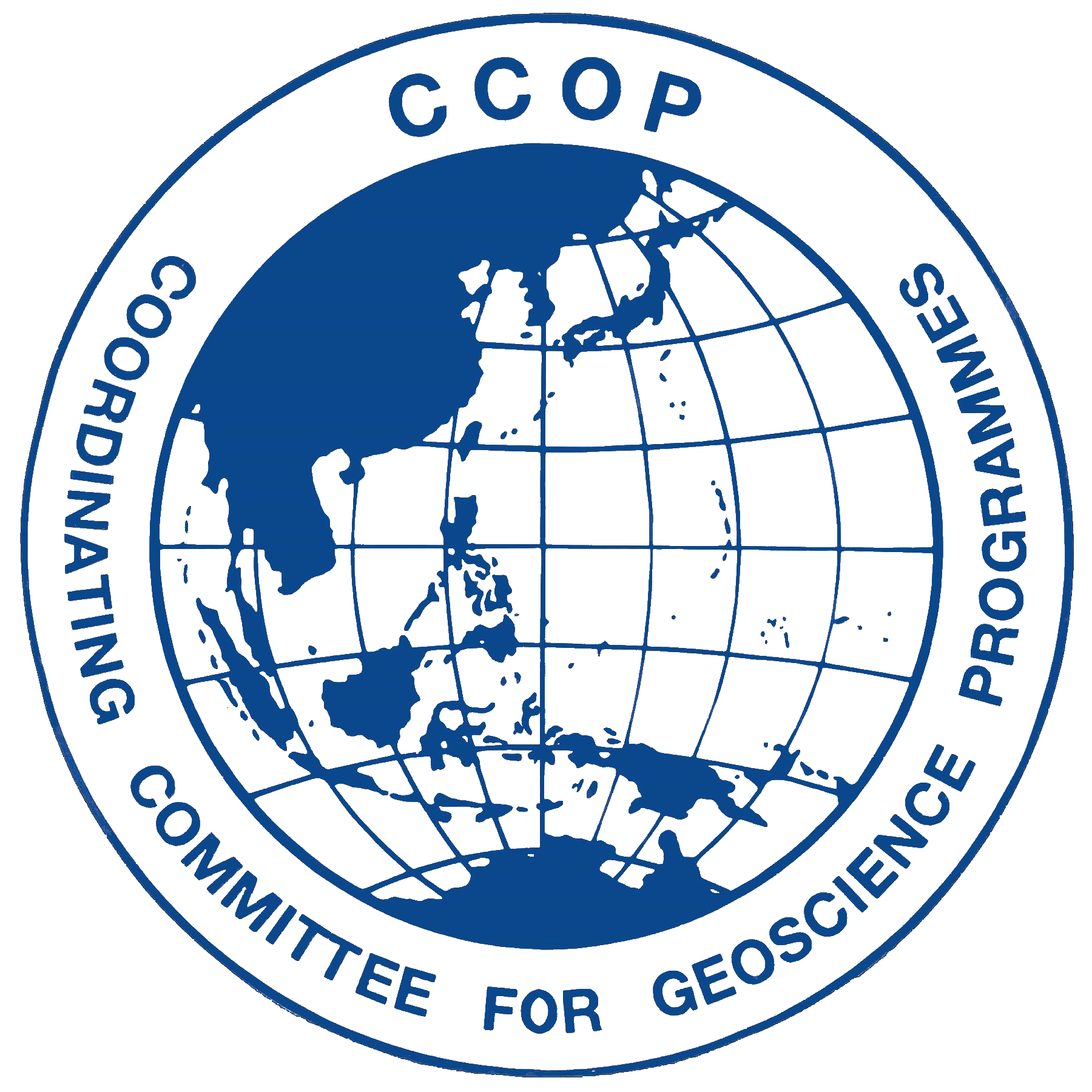Regolith-landform mapping of the Gnaweeda Greenstone Belt, western Australia
Keywords:
ASTER data, Geochemical exploration, Mineral exploration, Regolith, Regolith-landform, Regolith-landform mapAbstract
Regolith-landform mapping of the Gnaweeda Greenstone Belt located at Meekatharra, Western Australia. It was conducted at a scale of 1: 100,000, covering the Turnberry Au prospect and the Mistletoe Au deposit, in order to assist mineral exploration in this area. Understanding the regolith is a fundamental tool in developing and establishing effective mineral exploration techniques in regolith-dominated terrain. Apart from mineral exploration, knowledge of regolith also applies to natural resource management as it links many facets of the natural environment. The process of map production begins with creating a preliminary regolith-landform map using aerial photographs and ASTER data. Unit identification and digitization on screen were performed. Field verification was conducted along the tracks where access was possible. A preliminary map, field observation and all available data were brought together in order to compile a finalmap.The regolith-landformin this area consists offourteen units.Five types oflandforms are recognized: depositional plain, erosional plain, alluvial plain, sandplain and erosional rise. The landform is dominated by depositional plains.
References
Bunting, J.A., & McIntyre, J.R. (2003). Gnaweeda Project, Annual Technical Report on Exploration License 51/926 and 51/927 for the period 31.07.02 to 30.07.03. WAMEX Report A67376. WA: Department of Mines and Petroleum.
Butt, C.R.M., Lintern, M.J., & Anand, R.R. (1997). Evolution of Regoliths and Landscape in Deeply Weathered Terrain – Implications for Geochemical Exploration. In: A.G. Gubin (Editor), Proceedings of Exploration 97: Fourth Decennial International Conference on Mineral Explorationp (p. 323-334).
Butt, C.R.M., & Zeegers, H. (1992). Regolith Exploration Geochemistry in Tropical and Subtropical Terrains. Handbook of Exploration Geochemistry; 4 (pp. 607). Amsterdam: Elsevier.
Craig, M.A. (2001). Regolith mapping for geochemical exploration in the Yilgarn Craton, Western Australia. Geochemistry Exploration Environment Analysis, 1, 383-390.
Crawford, R.A., Faulkner, J.A., Sanders, A.J., Lewis, J.D., & Gozzard, J.R. (1996a). Geochemical mapping of the Glengarry 1:250,000 sheet (pp. 57). Western Australia: Geological Survey of Western Australia.
Crawford, R.A., Gozzard, J.R., & Sanders, A.J. (1996b). Glengarry, W.A. Sheet SG 50-12: 1:250,000 Regolith Material Series. Westerm Australia: Geological Survey.
Eggleton, R.A., (Editor). (2001). The Regolith Glossary: Surficial Geology, Soils and Landscape (pp. 144). Canberra and Perth: CRC LEME.
Hill, S.M. (2002). Broken Hill 1:100,000 regolithlandform map: development, features and applications. In: I.C. Roach (Editor), Regolith and Landscapes in Eastern Australia (pp. 58-62). CRC LEME.
McIntyre, J.R. (2005). Gnaweeda Project Information Memorandum. Unpublished Bullion Minerals Ltd memorandum.
Pain, C. (2008). Regolith description and mapping. In: K.M. Scott and C.F. Pain (Editors), Regolith Science (pp. 281-305). CSIRO Publishing.
Pirajno, F., Adamides, N.G., & Ferdinando, D.D. (Cartographer). (1998). Geology of Glengary [map]. 1:100,000. Western Australia Geological Survey, 1: 100,000 Geological Series Explanatory Notes (pp. 16)
Ray, G.E., & Reardon, N. (2010). The Gnaweeda Greenstone Gold Property, Murchison Province, Western Australia. A National Instrument Report 43-101 Technical Report for: Kent Exploration Inc., Archaean Star Resources Inc. and Archaean Star Resources Australia Pty Ltd (pp.58).
Robertson, I.D.M., & Butt, C.R.M. (1997). Atlas of Weathered Rocks. Open File Report1 (pp. 35). Perth: CRC LEME.
Downloads
Published
How to Cite
Issue
Section
License
Copyright (c) 2024 Thai Geoscience Journal

This work is licensed under a Creative Commons Attribution-NonCommercial-NoDerivatives 4.0 International License.








